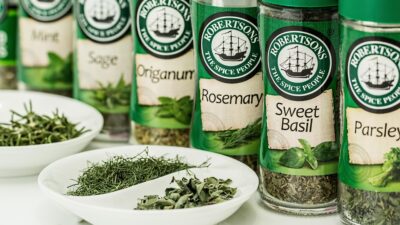In a world that feels increasingly interconnected, food has emerged as one of the most vibrant mediums for cultural exchange. Welcome to the realm of fusion cuisine, where culinary traditions collide, creating tantalizing dishes that delight the palate and celebrate the diversity of flavors from around the globe. It’s not just a trend; it’s a movement that reflects our shared human experience, transforming meals into a celebration of multiculturalism.
The Roots of Fusion Cuisine
Fusion cuisine isn’t new; it has deep historical roots. From the spice-laden dishes of the Silk Road to the Creole flavors of New Orleans, culinary cross-pollination has been in play for centuries. As traveling became more accessible and technology advanced, global influences became even more evident in regional cooking styles. Today, chefs and home cooks alike experiment with various ingredients, techniques, and traditions, allowing imagination and creativity to lead the way.
A Symphony of Flavors
Imagine a plate that combines the savory richness of Japanese ramen with the zest of Mexican salsa. Or consider a classic Italian pizza topped with Thai basil and spicy coconut milk. These combinations might initially sound unconventional, but they highlight a fundamental truth: food is an ever-evolving art form. When cultures collide on your plate, the result is often a surprising and harmonious blend of flavors.
Popular Fusion Examples
-
Korean Tacos: Marrying Korean marinated beef with soft taco shells, garnished with kimchi and a spicy aioli, these culinary delights honor both flavors beautifully.
-
Sushi Burritos: A playful take on traditional sushi, these oversized rolls combine fresh fish and vegetables with the convenience of a burrito, perfect for on-the-go dining.
- Italian-Indian Naan Pizza: Topped with rich tomato sauce, tandoori chicken, and fresh mozzarella, this dish beautifully showcases the complementarity of flavors from different culinary traditions.
The Science of Flavor Pairing
The key to successful fusion cuisine lies in understanding the core flavors of different cultures. Chefs often leverage the science of flavor pairing, which is based on finding commonalities in the ingredients being used. For instance, both Mediterranean and Asian cuisine often utilize fresh herbs, citrus, and garlic, making them ripe for fusion experimentation.
Crafting Your Fusion Creations at Home
While many restaurants do a fantastic job of fusion cuisine, creating your own dishes at home can be both fun and rewarding. Here are some tips to get started:
-
Choose Your Base: Start with a traditional dish from one culture—be it pasta, rice, bread, or another staple.
-
Select Complementary Flavors: Think about spices, herbs, and sauces from another culture that could enhance your base dish.
-
Experiment Fearlessly: Don’t be afraid to try unconventional combinations. Use your taste buds as a guide!
-
Balance is Key: Ensure that no single flavor overpowers the others. Aim for harmony and depth in your dish.
- Presentation Matters: Fusion doesn’t only pertain to taste; appearance plays a significant role. Beautifully plated food enhances the dining experience.
The Cultural Significance of Fusion Food
Fusion cuisine also opens the doors to cultural appreciation. By trying dishes that meld different heritages, we gain insight into the stories, traditions, and histories behind those flavors. This exchange fosters a sense of community; food becomes a conversation piece capable of bridging gaps and enhancing understanding among people from different walks of life.
Conclusion
Fusion Food Frenzy is not just about tantalizing dishes; it’s about embracing a world that celebrates diversity through culinary arts. As you explore new tastes and textures from different cultures, you’ll find that the experience transcends the meal itself, embodying a rich narrative of human connection. So, the next time you take a bite of something that fuses flavors from halfway across the world, remember—it’s not just food; it’s a delicious metaphor for our beautifully interconnected lives.



